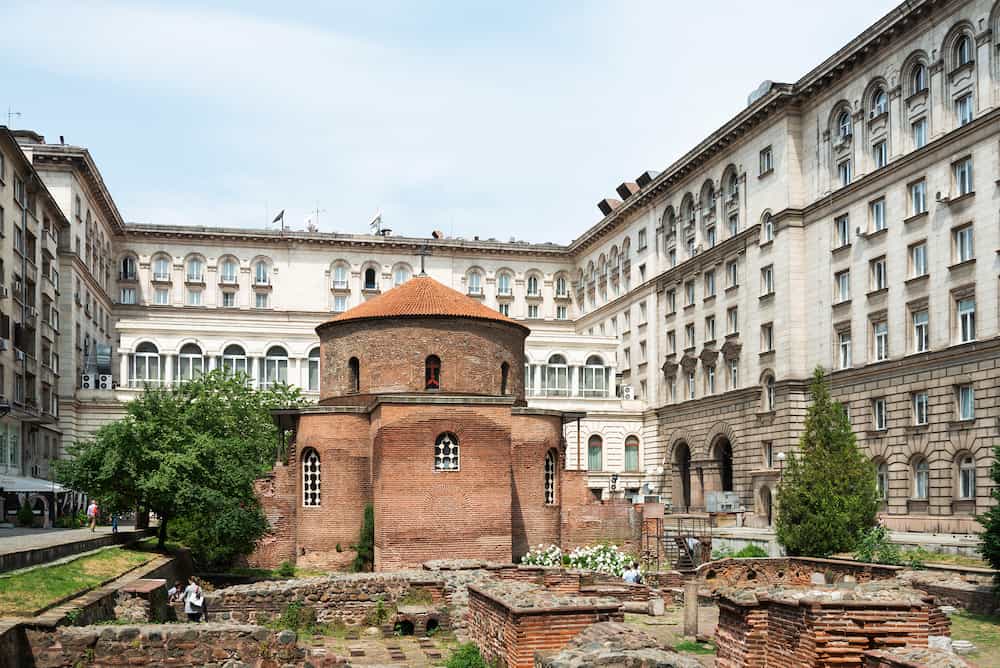The Ultimate Travel Guide to Sofia
Sofia is a city that embraces thousands of years of history, culture and tradition. As the capital of Bulgaria in the very east of Europe, it’s a part of the world that many travellers don’t think to visit.
With a population of 1.2 million, Sofia is a bustling city that’s also welcoming and easy to navigate. This charming city has a lot of interesting aspects you might not expect and can only get to know by exploring for yourself.
This guide will introduce you to many of the amazing attractions and things to do in Sofia, Bulgaria, and give you an idea of what to expect as a tourist. Eager to get to know the city and prepare yourself for some Sofia sightseeing? Let’s begin!
This ultimate travel guide to Sofia will show you all the most beautiful places in Sofia, what to expect when visiting, where to stay in Sofia and things to do in Sofia which will help you in planning a trip to Sofia.
Plan your trip?
Avoid hidden fees in the exchange rate while withdrawing from millions of ATMs abroad, paying in restaurants and shops, and buying your accommodation and flights using the Wise Card. You can hold up to 40+ currencies at once to spend in in over 150 countries, and convert them in real time with the free Wise app.
Need help planning your trip from start to finish? Check out these helpful links:
- Cheap flights
- Savings on accommodation from hostels to luxury hotels
- Affordable car rental options
- Affordable sightseeing tours and day trips
- Travel Adapter – All in one so you don’t have to carry a bunch around
This post contains some affiliate links for your convenience. Click here to read my full disclosure policy. You can also read our content/editorial policy here.
How to get to Sofia
Sofia Airport (SOF) is the main international airport in Bulgaria and the only airport in the city. Bulgaria Airlines operates flights to and from over 20 European cities.
The airport is located only 10 kilometres east of the Sofia city centre and is well connected to public transport.
A trip via Metro Line 1 takes approximately 18 minutes, and bus routes 84 and 184 also connect to the city centre.
If you’re really on a budget, you can also catch a FlixBus to Sofia from Istanbul, Turkey and Bucharest, Romania. Other bus companies also offer trips from Thessaloniki, Greece that take only four to six hours.
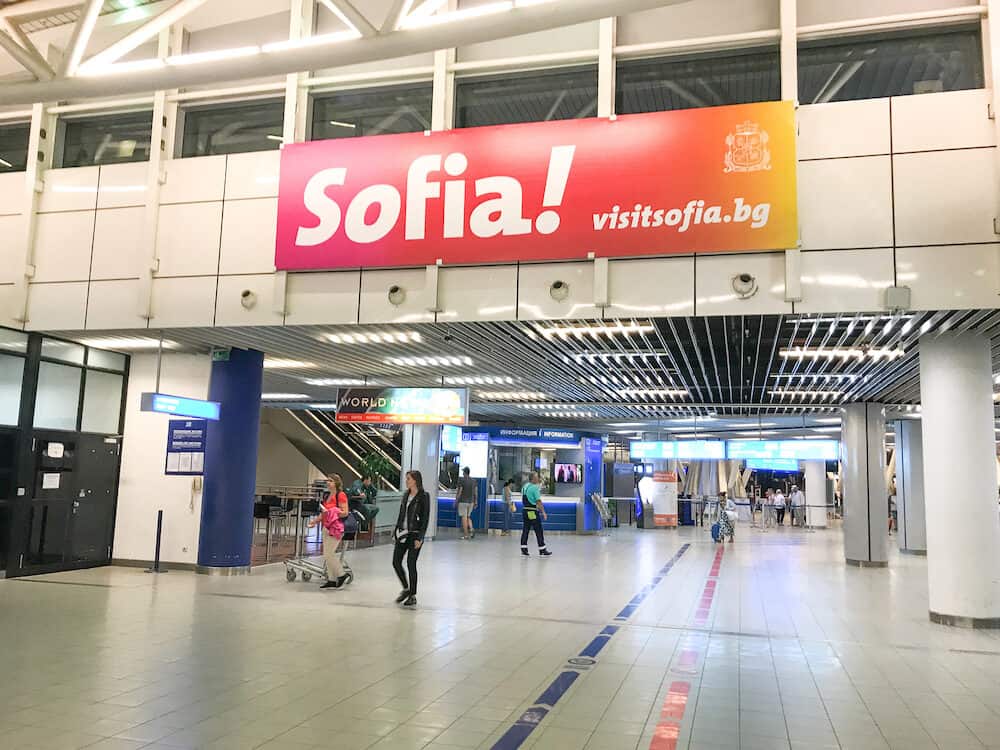
What to expect in Sofia
The local language in Sofia is Bulgarian. English is the most common second language spoken, with 25% of Bulgarians being able to hold a conversation.
While English is more common with the younger generation, much of the older population speaks Russian.
Although Bulgaria is a member of the European Union, the country uses its own currency called lev. One euro equals almost two lev, making the conversion easy enough to do in your head.
Most shops and restaurants accept credit and debit cards, and 10% is the average tipping amount throughout the city.
Currently, the majority of Western passport holders don’t require a visa to visit Bulgaria. However, since the country is likely to become a member of the Schengen area very soon, a visa will become necessary for all non-Europeans.
How to get around Sofia
Sofia is reasonably small, and you can easily walk from one end of the city to the other in under half an hour. Walking is truly the best way to immerse yourself in the atmosphere of the city and have the most genuine experience.
Since so many attractions are close to one another, it’s definitely the most convenient option too.
If you become too tired from exploring Sofia on foot or wish to visit a neighbourhood further out, the city’s public transport system is affordable, convenient and safe.
The metro has signs and announcements in both Bulgarian and English, and with only two interconnected lines, you won’t have to worry about becoming lost!
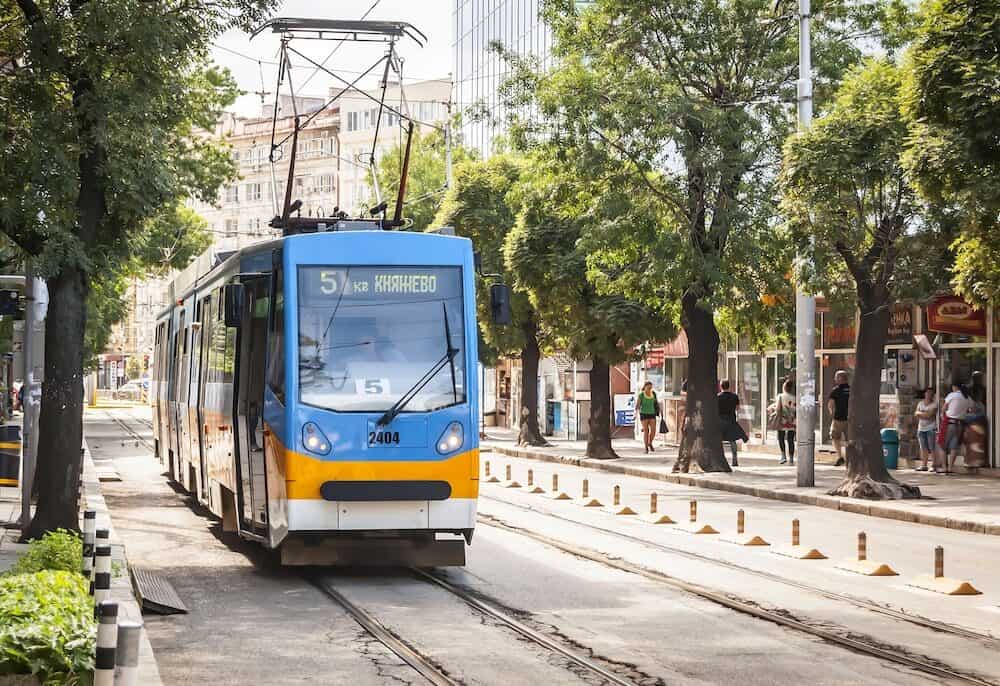
The best time to visit Sofia
Since Sofia can become a bit dull during winter, you’re better off visiting during the warmer months. May is the busiest month for tourism, while August is less crowded yet still hot.
Another reason to visit Bulgaria during the summer is for the plethora of festivals. A range of music and arts events are held between June and August not too far from Sofia.
The vibrant leaves during autumn also make October a particularly picturesque time to visit. The red, orange and yellow hues transform the city’s parks and gardens. Autumn is the best time to visit Bulgaria’s many wineries too!
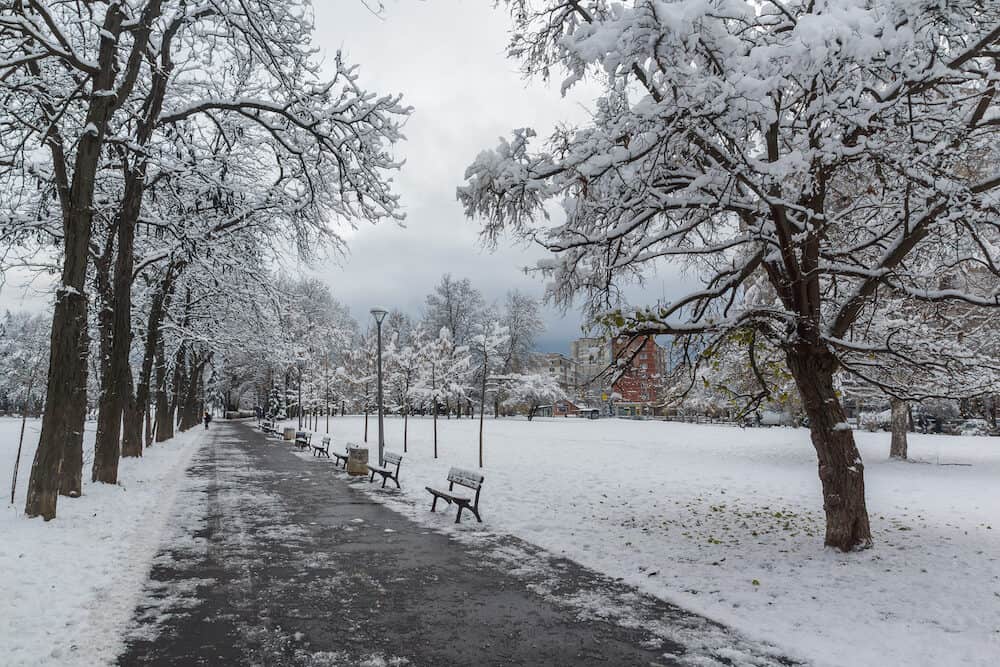
Things to do in Sofia
Visit the religious sites
No matter your personal beliefs, visiting a city’s religious monuments and buildings is always interesting. Although 80% of Bulgaria’s population is Christian, there is religious freedom and tolerance within Sofia.
The ornate 16th-century Banya Bashi Mosque from the Ottoman Empire sits around the corner from the early 1900s Sofia Synagogue, the largest synagogue in Southeastern Europe.
Nearby is the fourth-century Christian Church of St George, as well as the impressive Eastern Orthodox St Kyriaki Cathedral Church. All of these sites so close to one another shows the support and respect given to minority religions.
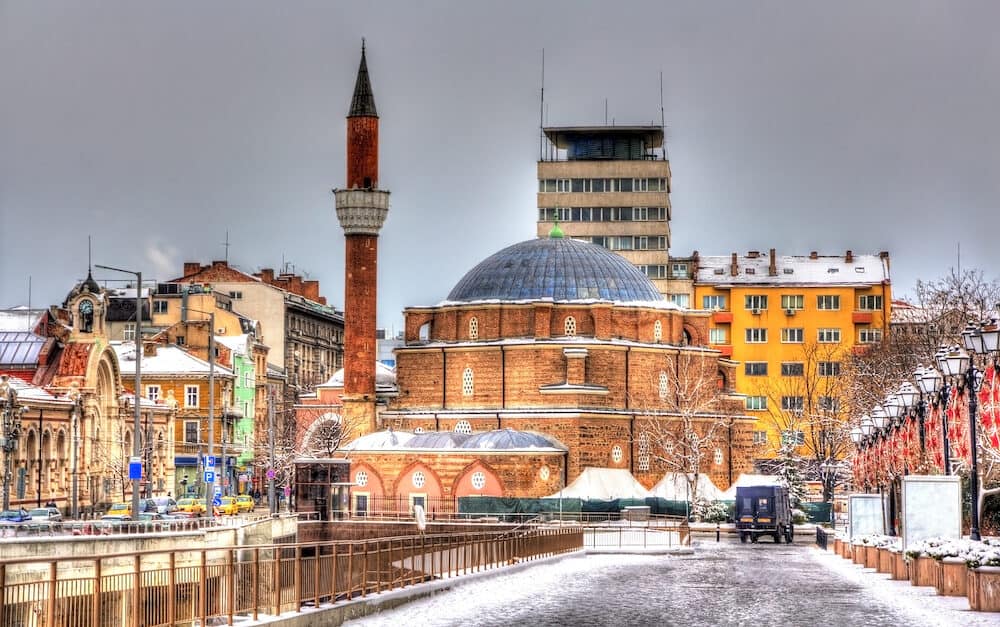
If you only see one religious site in Sofia, it has to be the Alexander Nevsky Cathedral. Designed by Alexander Pomerantsev, the cathedral honours the Russian soldiers that assisted in Bulgaria’s liberation from the Ottoman rule.
The bell tower of the magnificent Neo-Byzantine structure stands 53 metres tall, while the gold-plated dome is 45 metres high.
Taking up an enormous 34,100 square feet, it can fit up to 5,000 people inside. Italian marble, Brazilian onyx and various other extravagant materials decorate the cathedral’s opulent interiors.
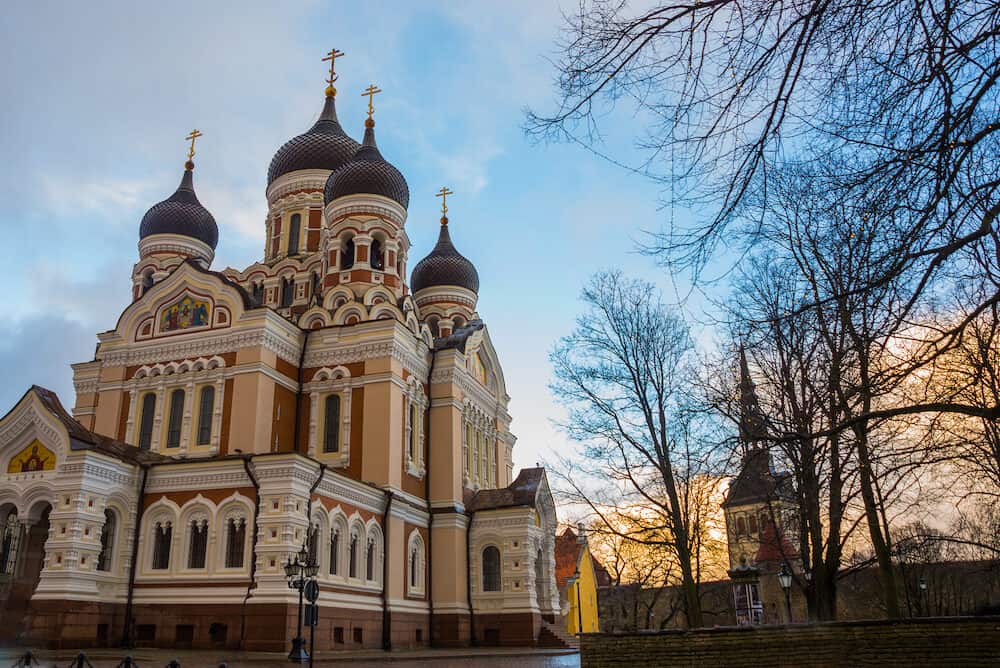
The Russian Church, though much smaller, is just as beautiful to look at. The Church of Saint Nicholas was built in 1914 following the liberation of Bulgaria.
Standing 19 metres tall, it was designed in the Russian Revival architectural style for the Russian immigrants living in the city. The church’s five small domes are covered in gold, contrasting the white exterior walls and green tiled roofs.
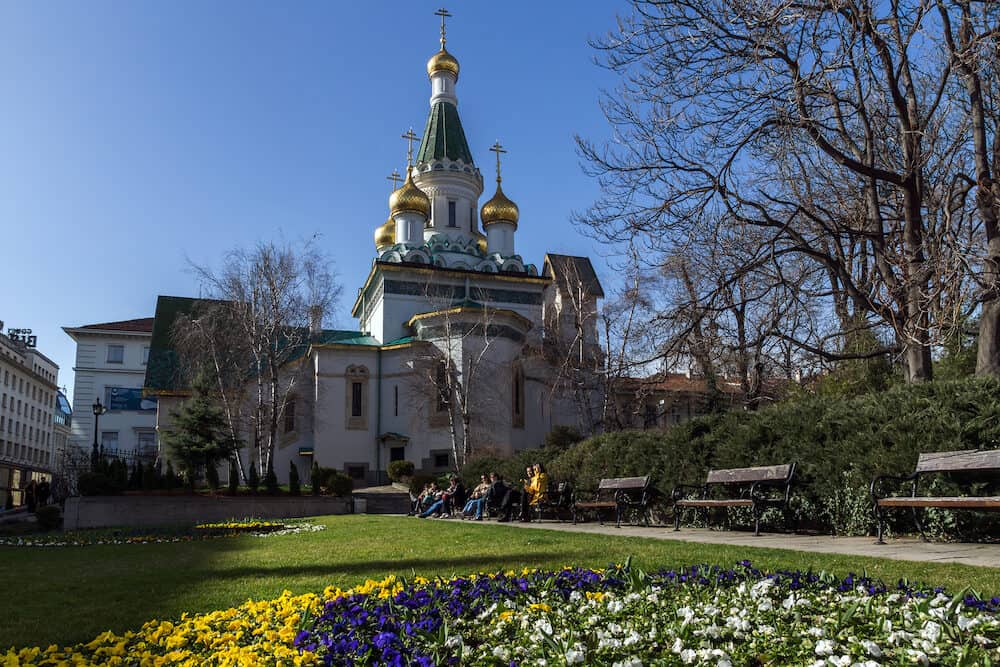
Enjoy the beautiful nature
Developed over three distinct periods since 1882, Borisova Gradina is the oldest and most loved park in Sofia.
Gardener Daniel Neff created the garden for Bulgaria’s capital city, setting up a nursery, flowerbeds and an artificial lake, as well as planting many acacia trees. From 1906 to 1934, Borisova Gradina was further developed by Joseph Frei, who planted additional alleys of flowers and cremated the Rosarium.
Also built during this period was the Freestone Fountain. Between 1934 and 1944, 1,400 new rose species were cultivated by Bulgarian gardener Georgi Duhtev, and the Japanese Corner was created to symbolise the friendship between Bulgaria and Japan.
Borisova Gradina, the Doctors’ Garden and the City Garden are all beautifully serene and peaceful parks to simply relax, go for a walk, read a book, or have a picnic.
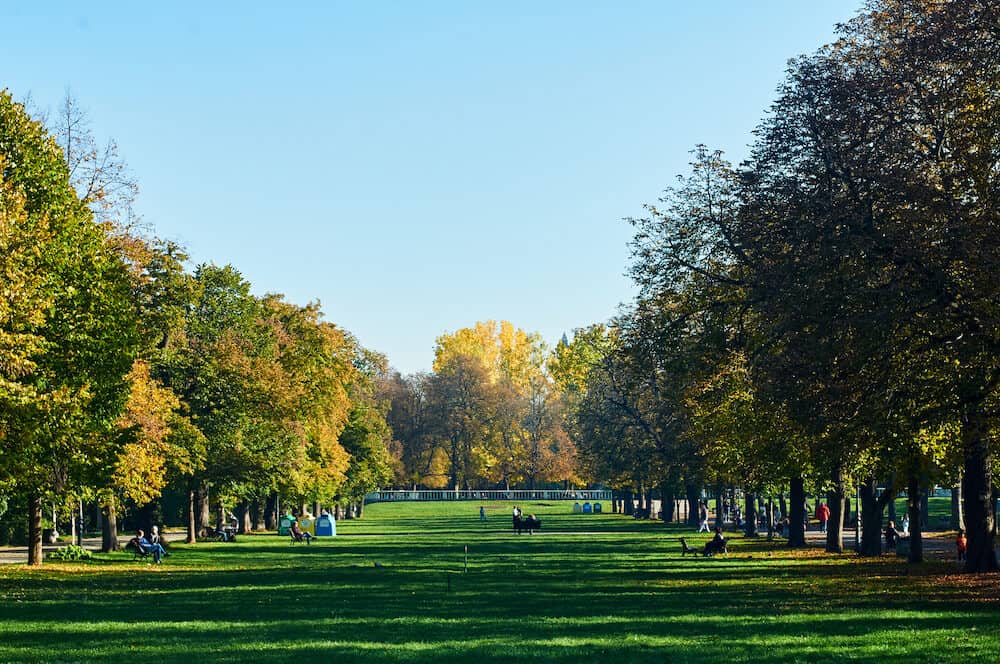
Go on a pub crawl
While Sofia, Bulgaria isn’t necessarily the go-to European destination for crazy parties, the city actually has a thriving nightlife scene. Every night of the week, you’re likely to find a fun spot that’s open until sunrise.
Sofia has many hipster bars, such as Hambara, The Apartment, and Art Bar, all walking distance from one another. A pub crawl is the best way to get to know all of Sofia’s unique and lesser-known bars and clubs, all while making new friends from around the globe.
![Sofia Bulgaria -Social salsa dancing in a nightclub. A lot ot young couples enjoy the rythms of salsa bachata cha-cha-cha and merengue. [description:]Salsa is very popular dance in Bulgaria and a lot ot salsa parties are made every night.](https://www.travellingking.com/wp-content/uploads/2019/03/Sofia-Social-salsa-dancing-in-a-nightclub.-A-lot-ot-young-couples-enjoy-the-rythms-of-salsa-bachata-cha-cha-cha-and-merengue.--1000x667.jpg)
Learn about Sofia’s history
The Sofia History Museum is located within the old Central Mineral Baths, a landmark known for its yellow and white striped facade. The Vienna Secession architectural style incorporates Bulgarian, Eastern Orthodox and Byzantine elements.
The baths were closed in 1986, partially due to remaining damage from World War II. After reconstruction, the building reopened in 2015 to create the museum. With both permanent and temporary exhibitions held, you can always learn something new about Sofia’s history here.
Sofia also has the National History Museum, the largest museum in Bulgaria. In 2000, it relocated to the former residence of Todor Zhivkov, the last communist dictator.
The exhibitions include a number of treasures from throughout the country, and the building is said to hold over 650,000 archaeological, ethnographic and historical objects.
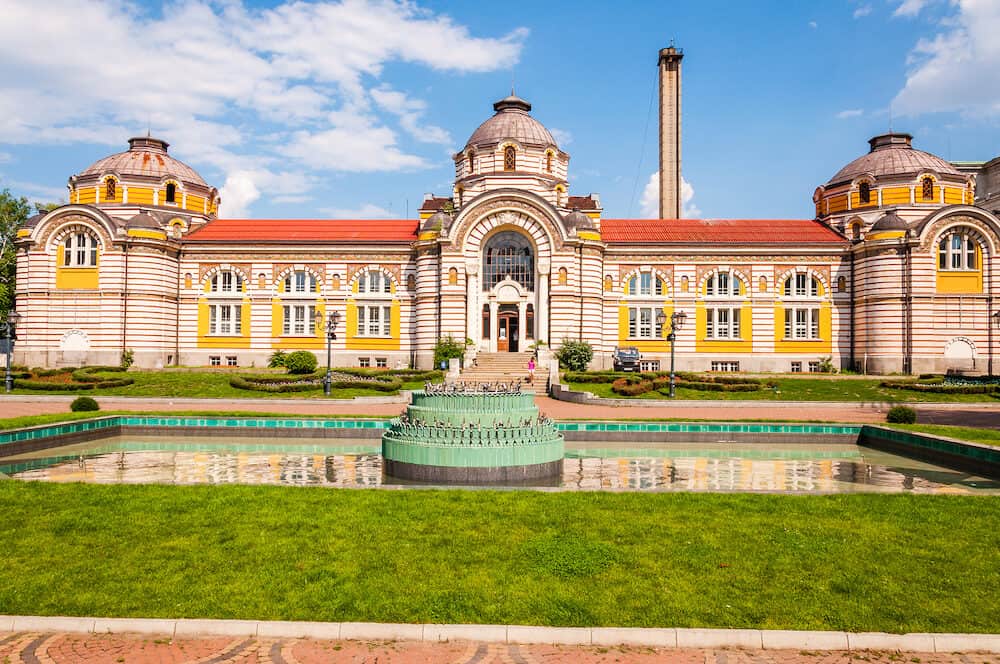
Stop by the theatre
While in Sofia, it’s worth taking a look at the Ivan Vazov National Theatre opposite the City Garden. Its cultural importance and neoclassical architecture make it a significant landmark in the city.
In front of the theatre is a beautiful pool and fountain area, where many locals like to sit and relax. Unfortunately, all shows at the theatre are in Bulgarian, but it’s enough to simply admire the stunning facade.
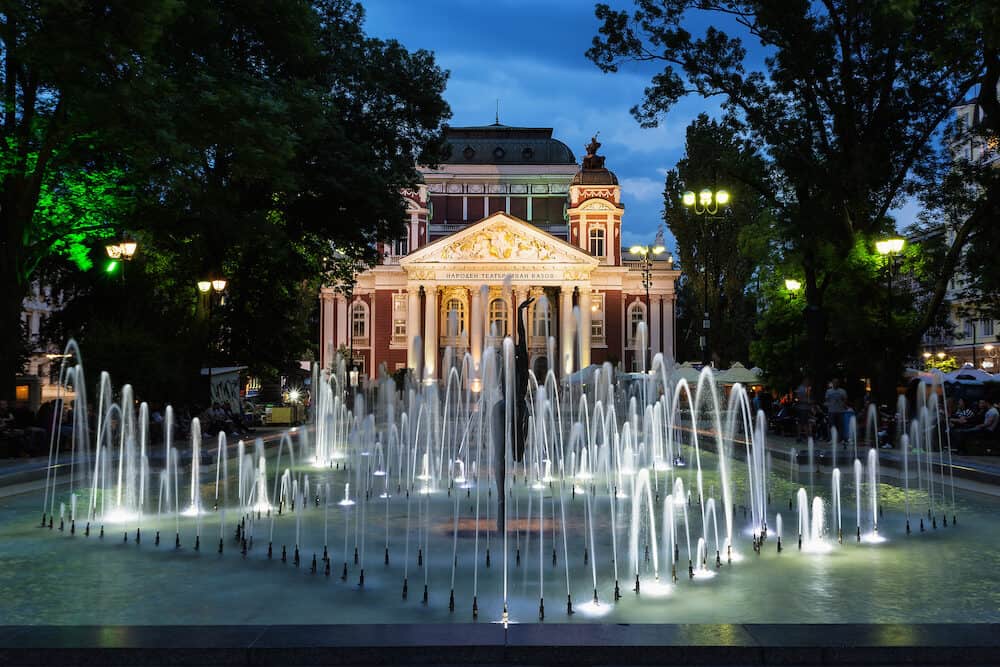
What to eat in Sofia
Wondering what Bulgarian cuisine is like? Here are a few traditional dishes to order while in Sofia.
Banitsa: Similar to borek, this filo pastry treat is layered with whisked eggs and cheese, then baked in the oven. It’s typically served with yoghurt for breakfast, but can be eaten hot or cold at any time of the day.
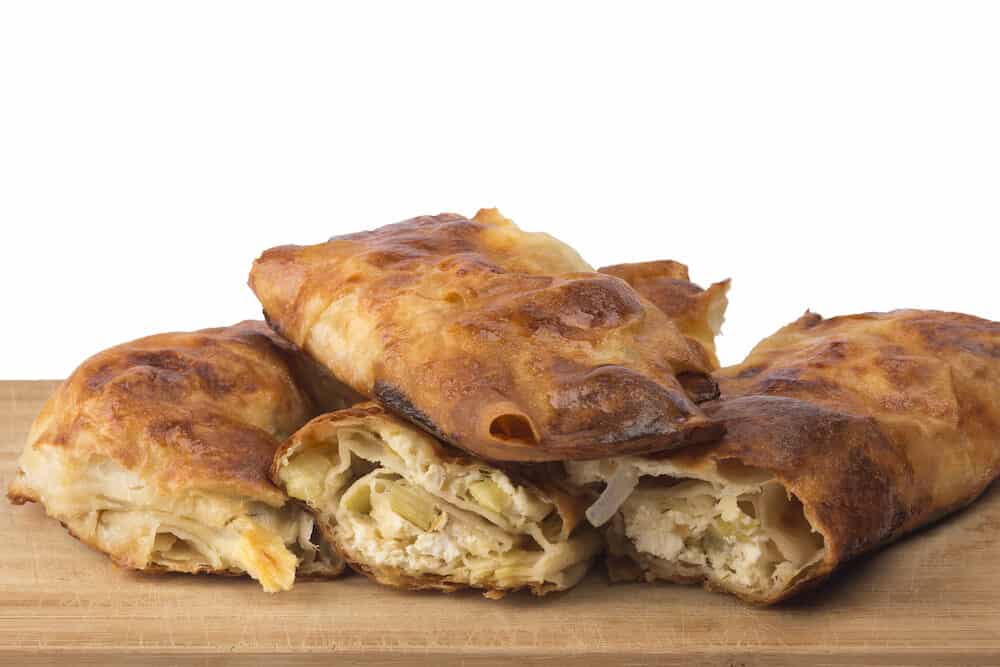
Shopska salad: Known as Bulgarian salad throughout the Balkans and Central Europe, this cold salad is made with tomatoes, cucumbers, onions, capsicum/peppers, feta cheese, parsley and vinaigrette.
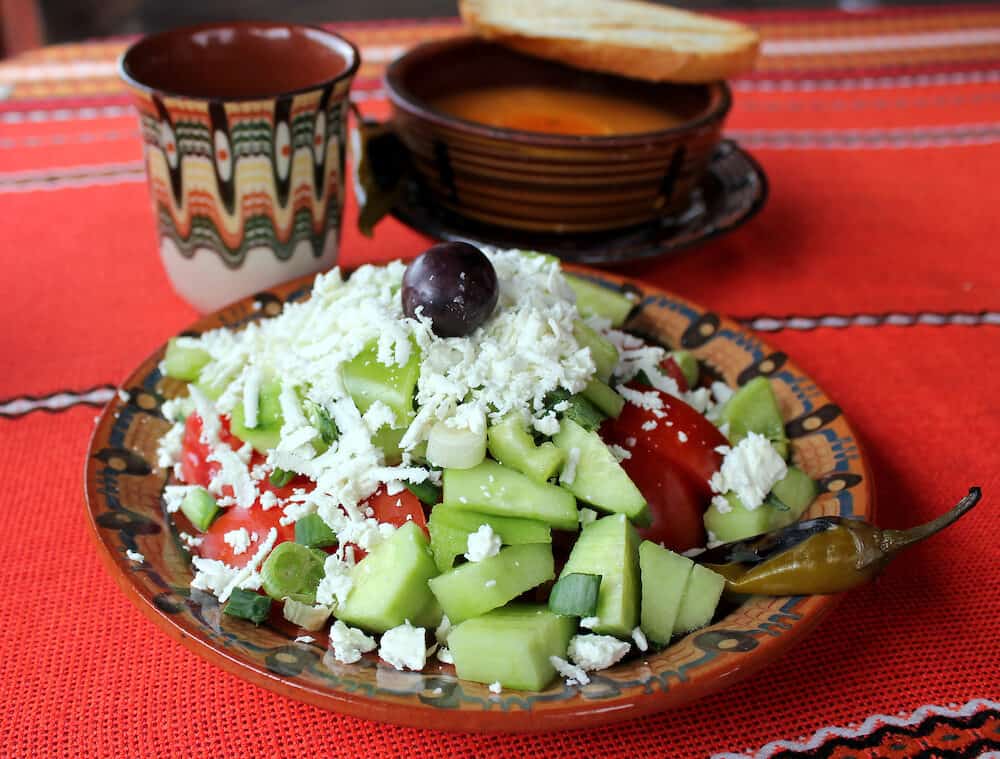
Moussaka: A Mediterranean dish that’s hugely popular in Bulgaria. The local version is made with ground beef and potatoes, with a layer of yoghurt and eggs on top.
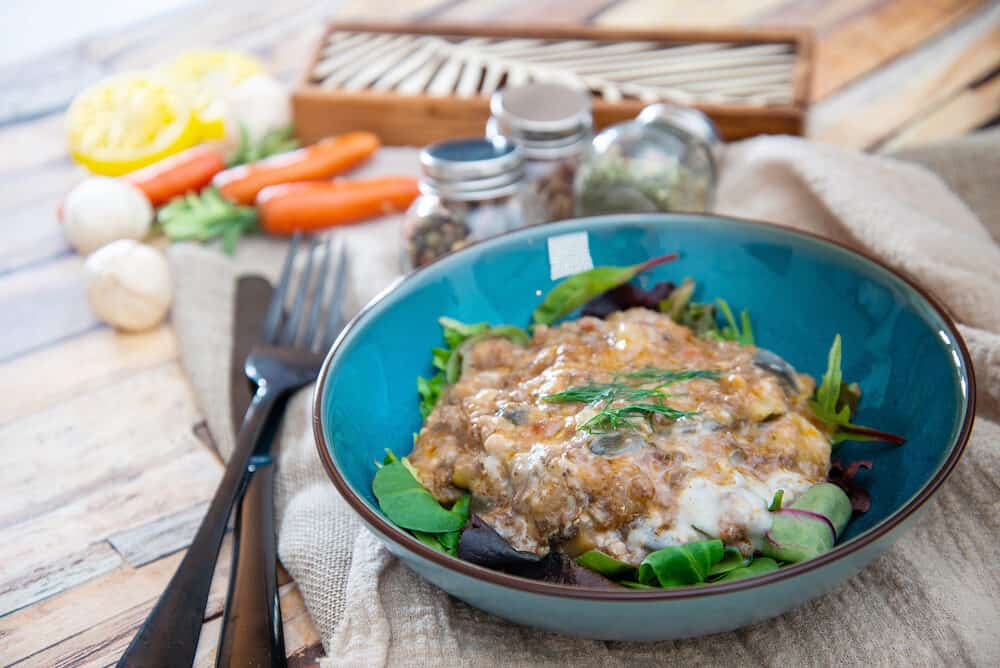
Gyuvech: A slow-cooked clay pot dish of meat, mushroom and onion stew. It’s sometimes served with eggs and a ton of paprika on top.
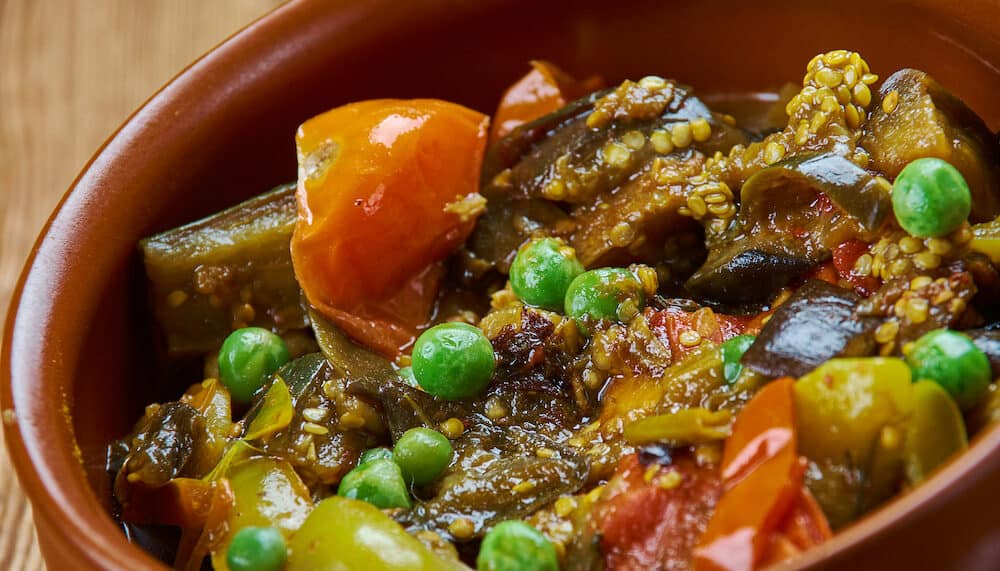
Where to stay in Sofia
The Vitosha Apartments are right by one of Sofia’s main streets, Vitosha Boulevard. The affordable apartments suit all types of travellers, from families and groups of friends to solo travellers.
Fully equipped with all the amenities, staying here is the way to make Sofia your temporary home. Best of all, you’ll be seconds away from your pick of high-end restaurants, bars and shops.
If you want to make your trip as elegant as possible, stay at the Grand Hotel Sofia. Right by the City Garden in the centre of Sofia, you couldn’t ask for a more perfect location.
This five-star hotel has two restaurants, an open-air terrace cafe, a fitness centre, a 24-hour bar, and even its own hair salon. With friendly and helpful staff, what more could you need?
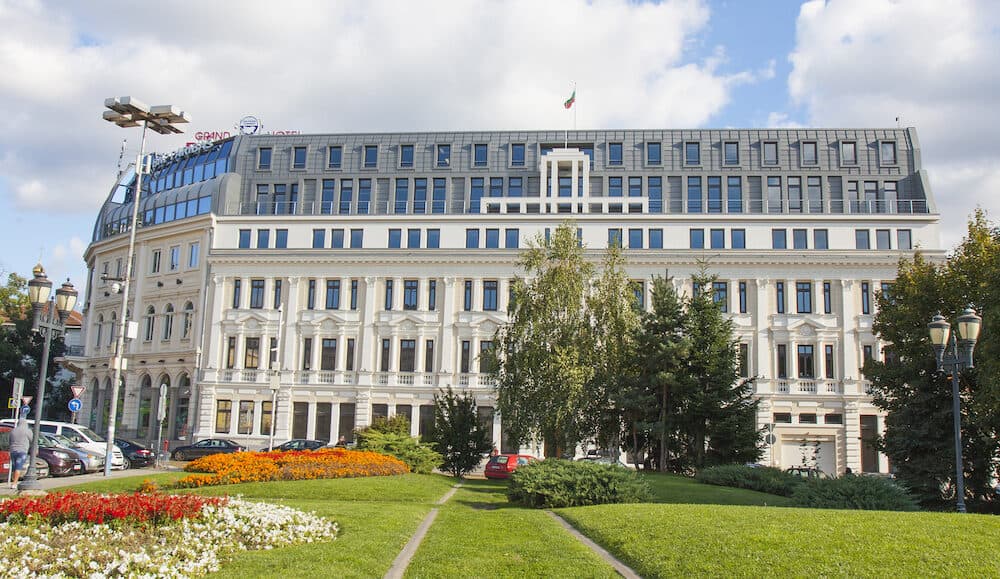
Tours to do in Sofia
There are all types of walking tours in Sofia to suit anyone and everyone. Take a full day city tour to see all of the best attractions, or a three-hour walking tour to discover Sofia’s religious diversity.
If you’re on a budget, there’s a free walking tour on every day, organised by a local non-profit. You can also go on a communist walking tour to see Soviet-era buildings and learn about life during the Cold War.
The BalkanBites free food tour is ideal if you’d like a guide to some of the city’s top restaurants. If you’re not sure which traditional foods you’ll enjoy, this tour will give you some free samples of the most popular Bulgarian dishes.
Of course, you can also find tours that combine both walking and eating. A fantastic option is the walking tour that begins with a traditional Bulgarian breakfast so that you’re full of energy for the day ahead.
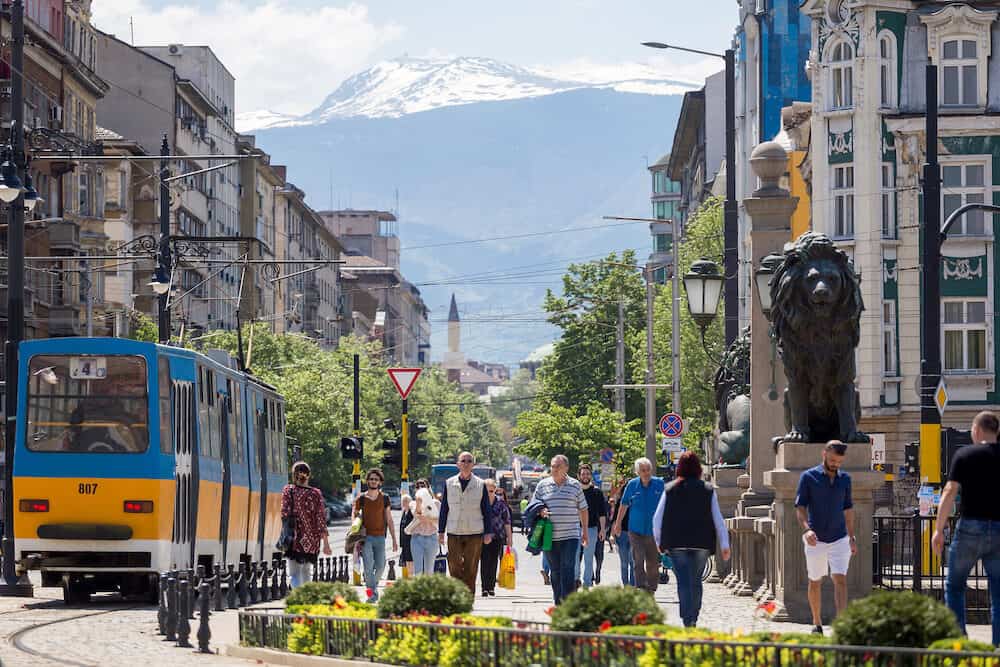
Day trips from Sofia
A popular day trip to take is to Bulgaria’s second largest city, Plovdiv. Less than two hours east of Sofia, Plovdiv is one of the oldest cities in the world, despite it being relatively unknown to many travellers.
Anyone with an interest in ancient history will love an in-depth tour of this city and enjoy visiting the Plovdiv Roman Theatre and the Bachkovo Monastery.
Although there are so many impressive and historic attractions, the atmosphere in Plovdiv is very laid back. You’ll see many locals relaxing and enjoying a coffee or wine throughout the day.
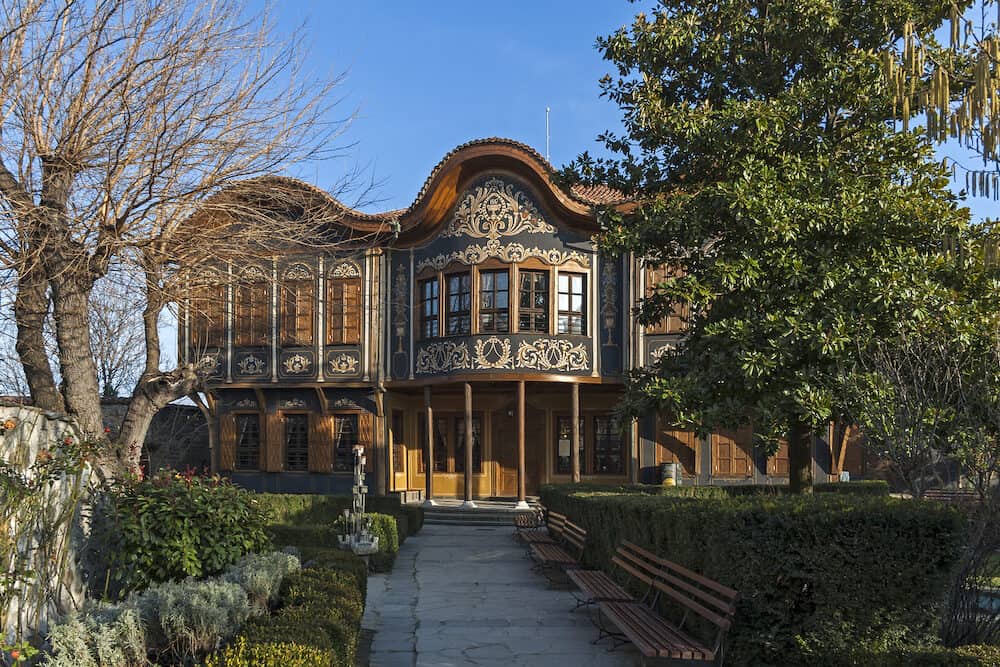
Another worthwhile day trip to go on is the Rila Monastery and Boyana Church tour. These notable UNESCO World Heritage sites have historic and religious significance, and are superb examples of Byzantine architecture.
Built in the year 927, Rila Monastery is the largest and most iconic Eastern Orthodox monastery in the country. Located in the Rila Mountains over 1,100 metres above sea level, the surrounding natural landscape makes the monastery even more breathtaking.
That being said, the interiors are just as incredible. The walls and ceilings are covered with intricate, colourful frescoes that’ll leave you in awe.
The medieval Boyana Church is found on the outskirts of Sofia. Although construction finished in the early 11th century, a central wing was added to the church in the 13th century and further expanded in the 19th century. The many religious frescoes make the church a sacred cultural monument.
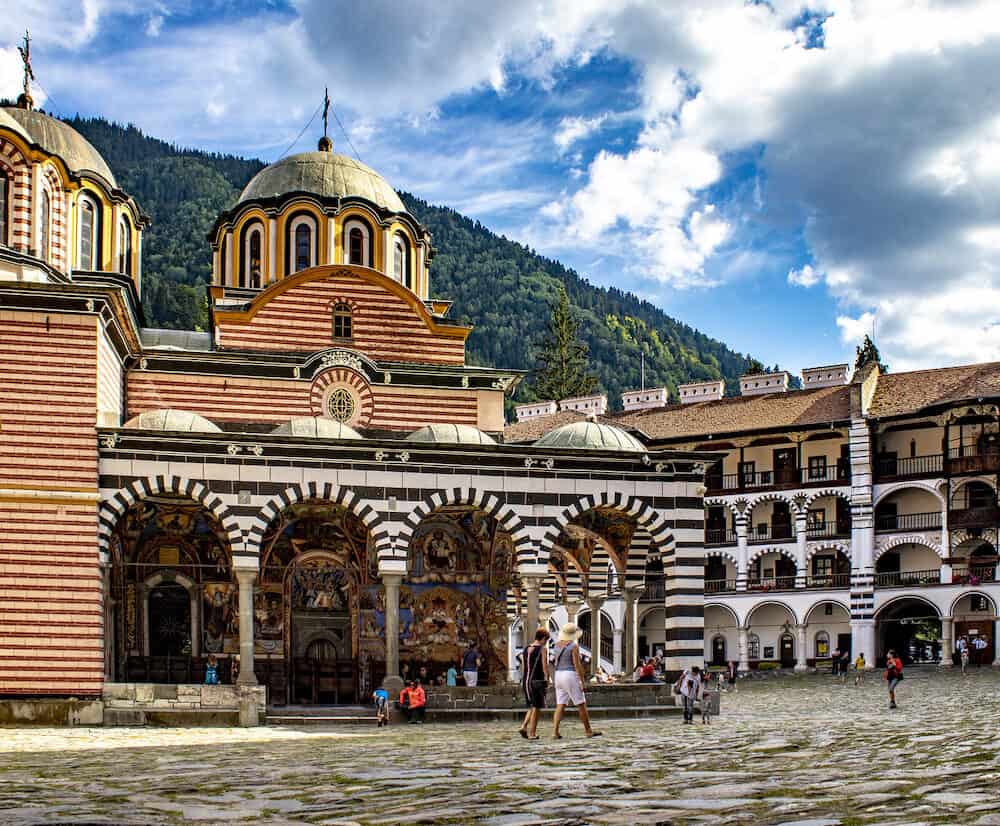
Travelling during the snowy season? A day trip to Vitosha Mountain is one of the top things to do in Sofia in winter.
From December to April, the mountain becomes a popular place for skiing and snowboarding. After an active day of winter sports, you can relax and soak in the nearby thermal springs.
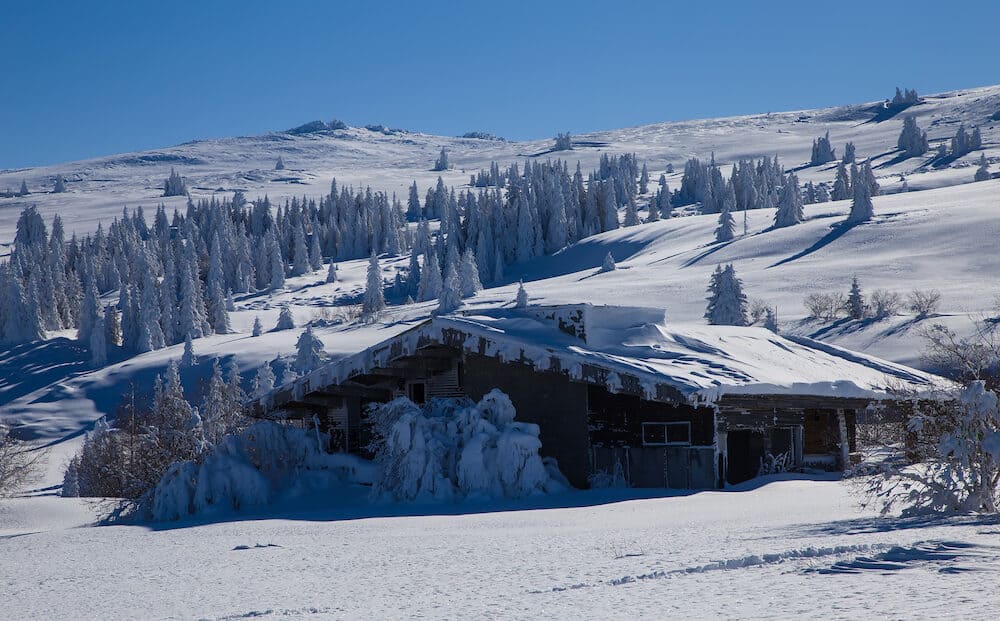
Recommend budget tours in Sofia
- Communist Walking Tour of Sofia
- Sofia Food Tasting and Cultural Walking Tour
- Bulgaria and Macedonia Full-Day Tour from Sofia
- Sofia Pub Crawl Tour of The Hidden Unique Bars
- Plovdiv and Bachkovo Monastery tour from Sofia
- Rila Monastery and Boyana Church with Light Lunch
- Sofia by Night Panoramic Tour with Dinner and Folklore Show
- Bulgaria and Serbia in One Day from Sofia
If you’d like to save it for later, please save it to Pinterest.
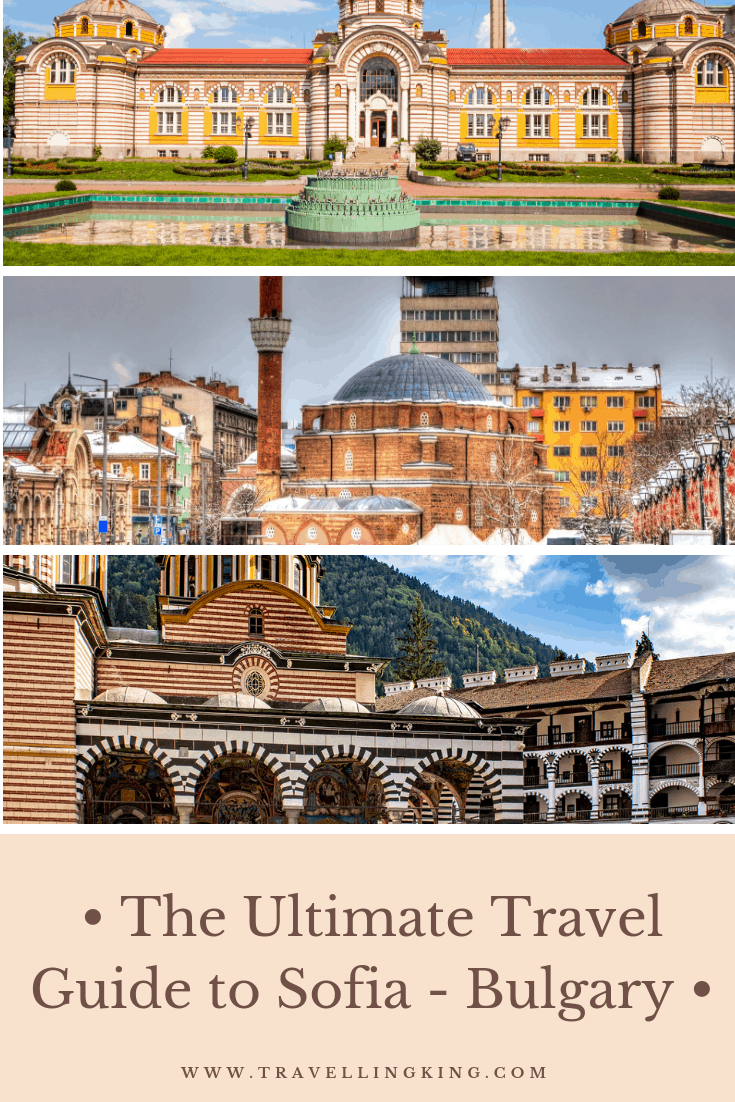
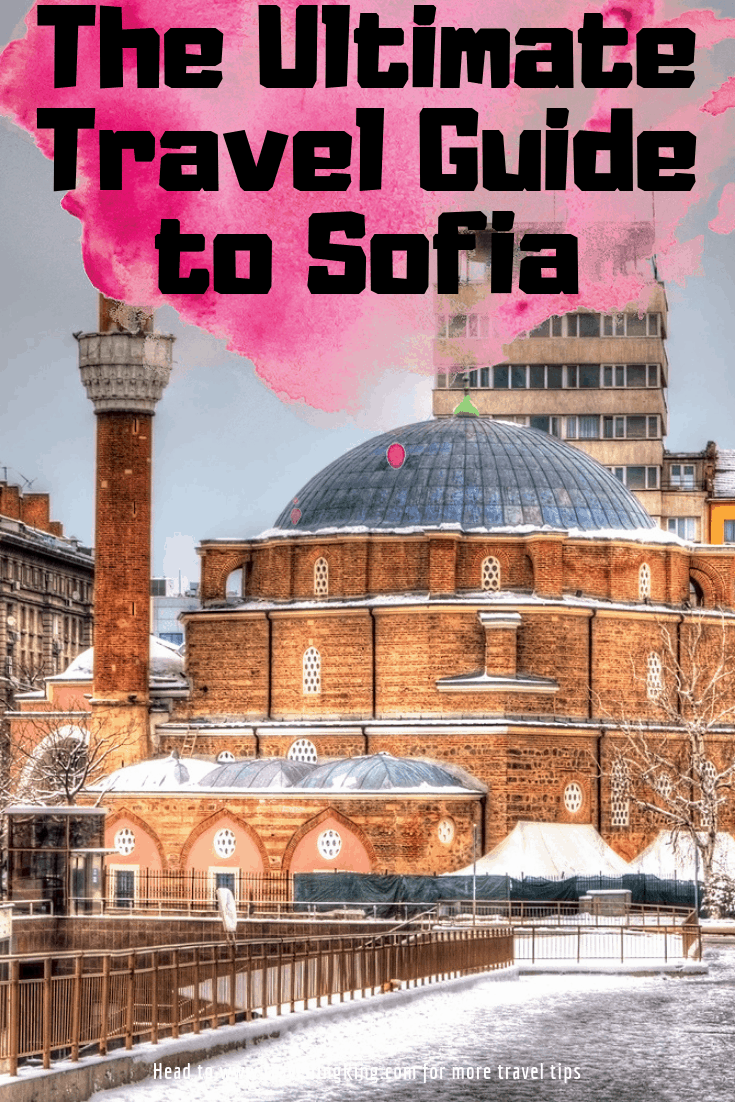


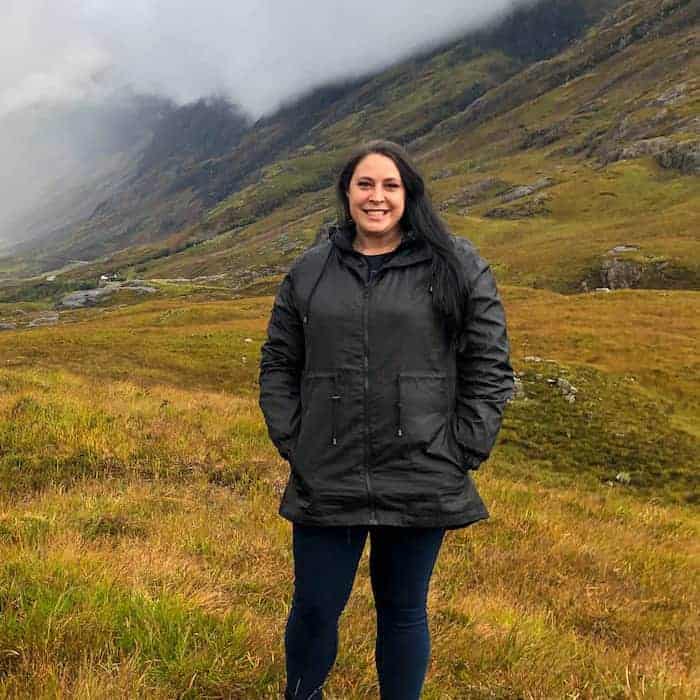
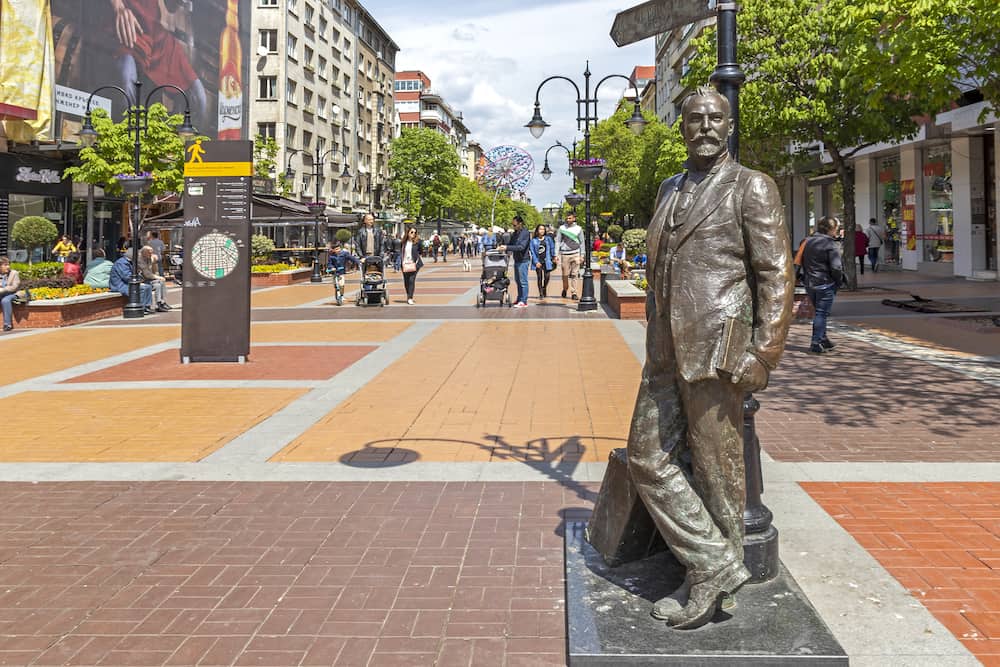
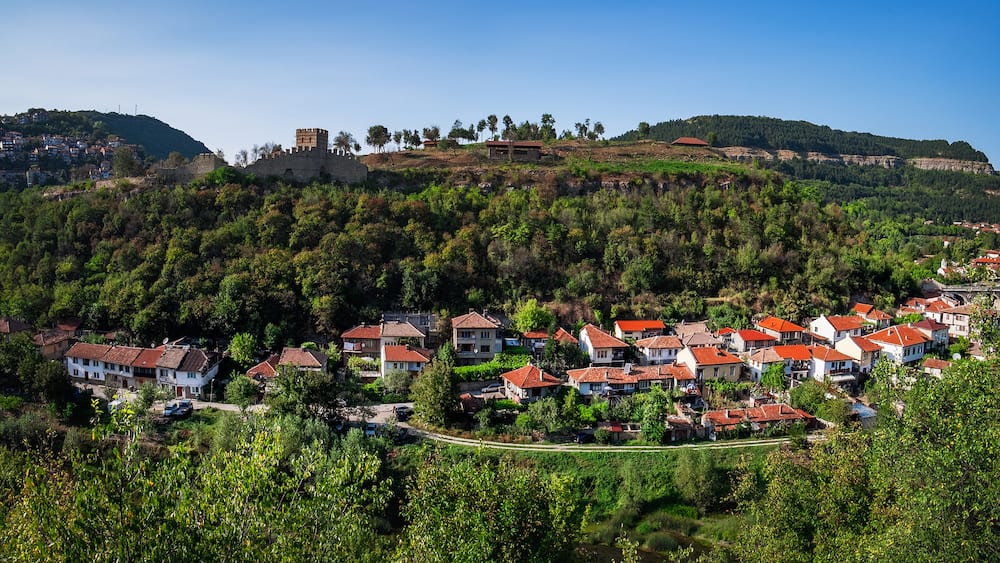
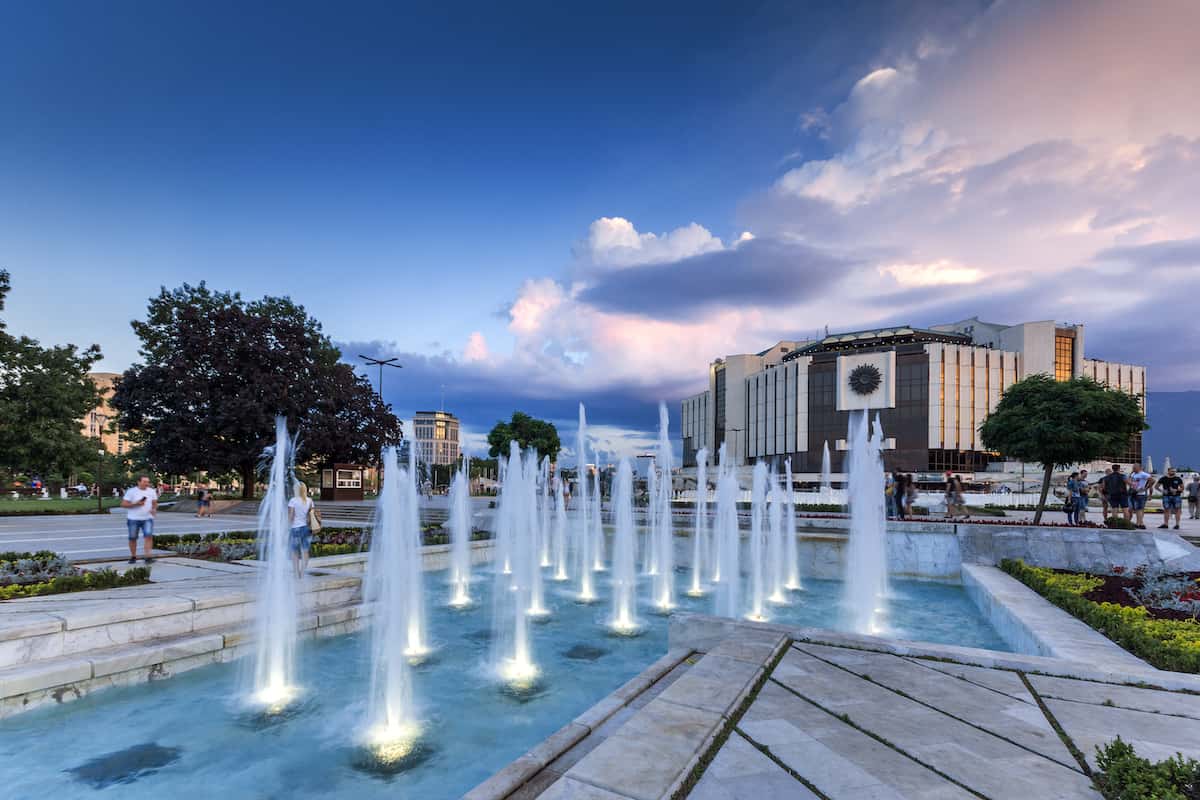
![Where to Stay in Sofia [Best Places to Stay for 2024]](https://www.travellingking.com/wp-content/uploads/2019/04/Sofia-Saint-Alexander-Nevsky-Cathedral-of-Sofia-Bulgaria.-Orthodox-Church-landmark..jpg)
